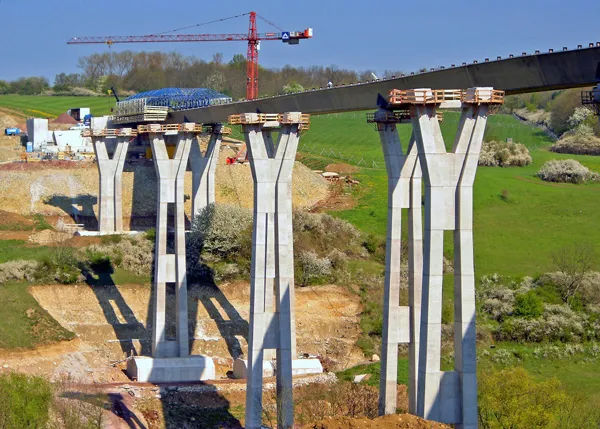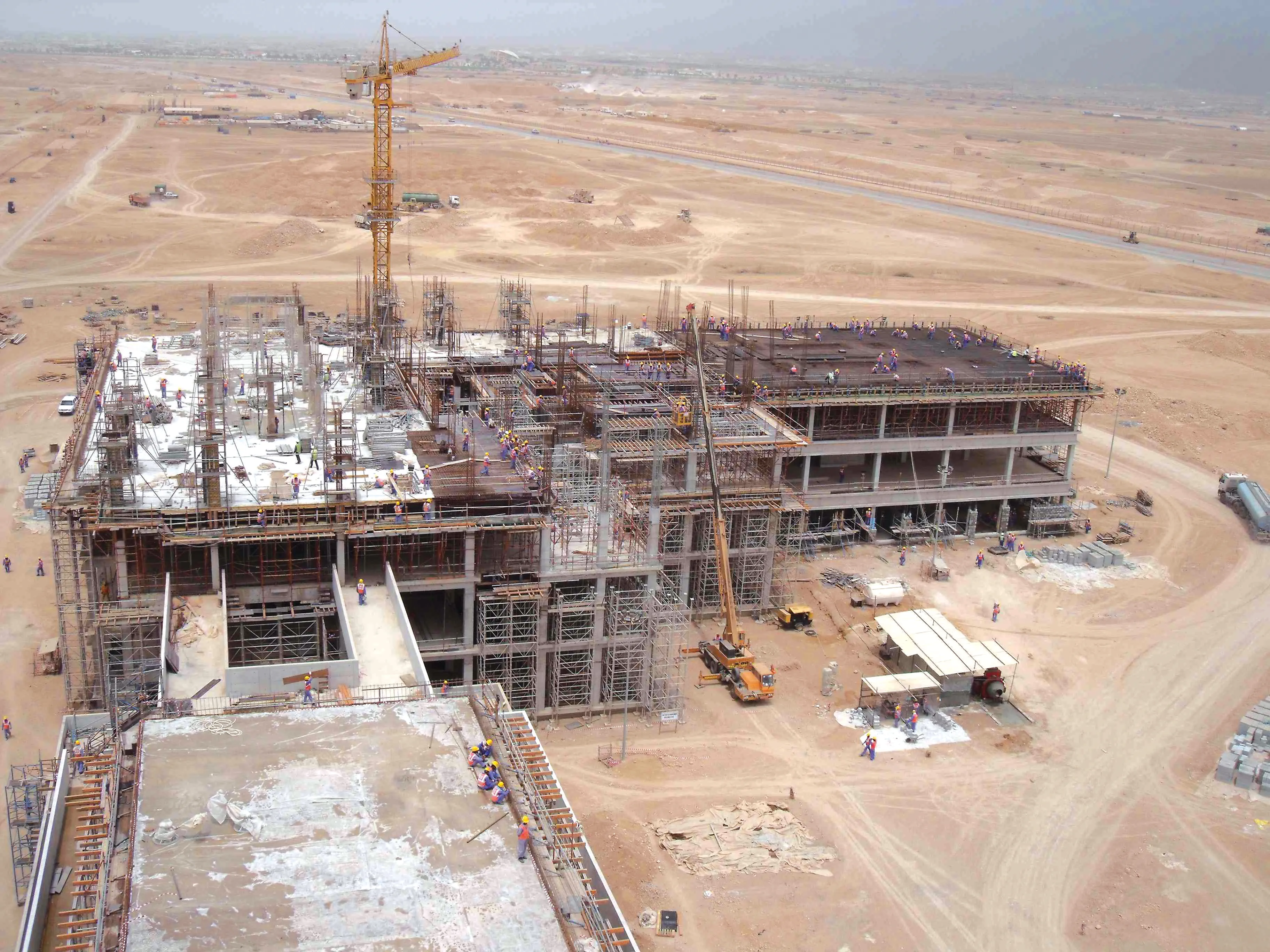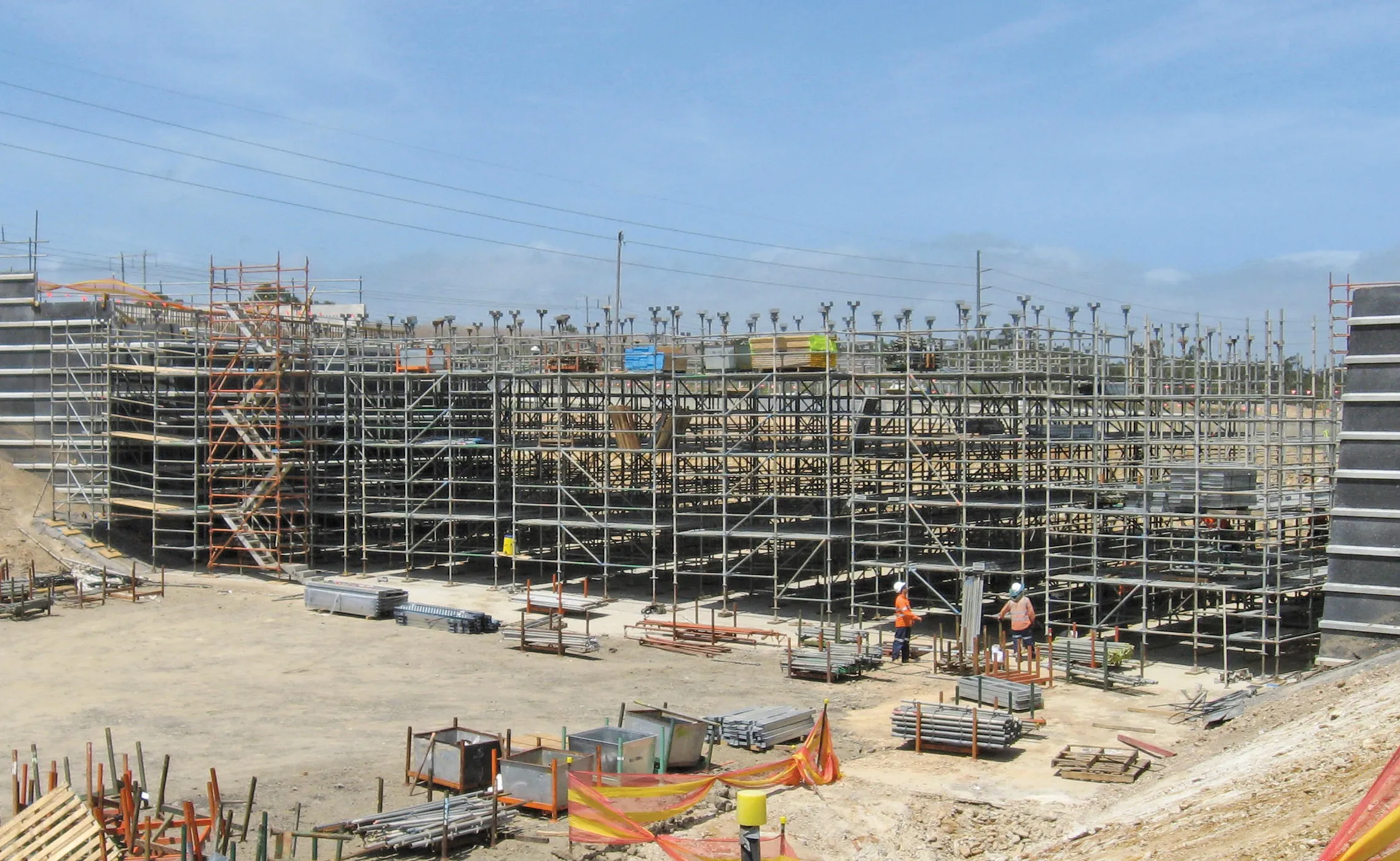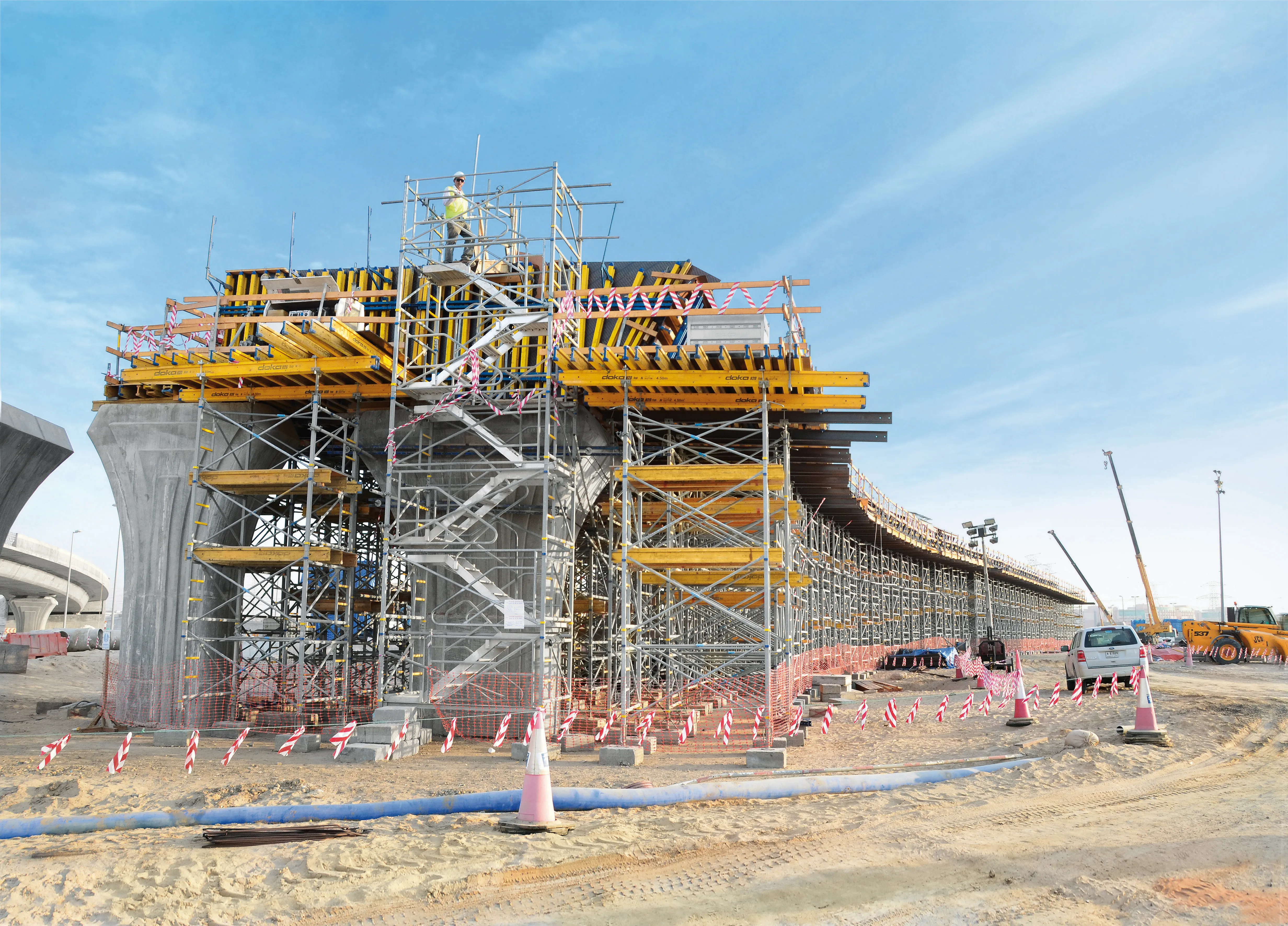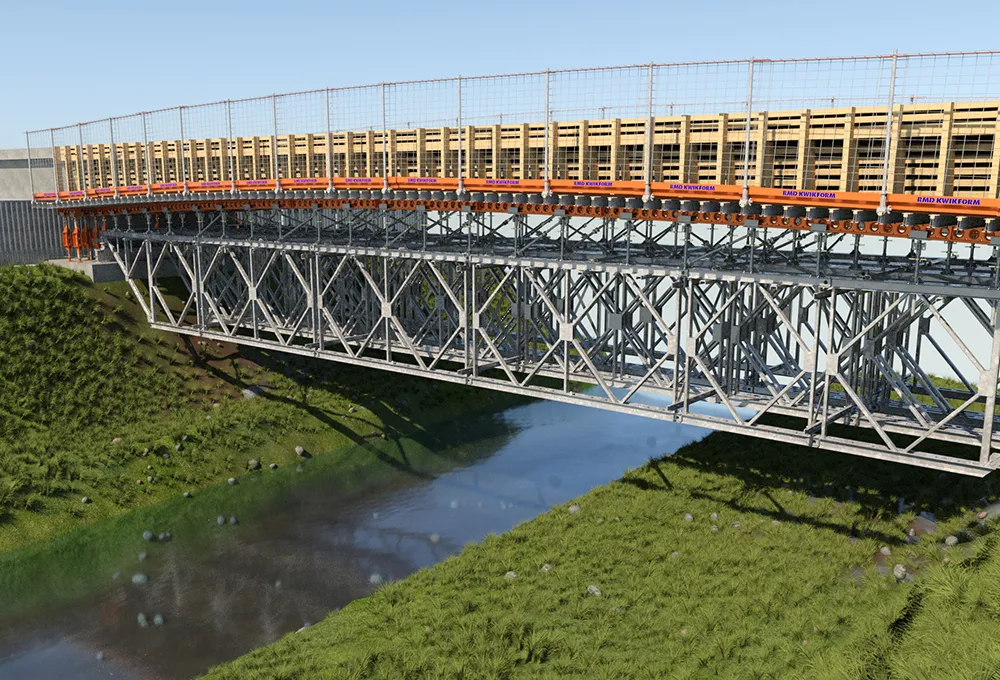
“While not all projects will need a CE marked solution, meeting this standard demonstrates a commitment to the highest levels of quality assurance, so contractors can be confident they’re selecting a system that goes above and beyond the minimum requirements,” said Ian Fryer, divisional product innovation director at RMD.
The R800 allows construction of clear spanning and bridging structures by enabling long lattice girders to be assembled quickly and safely. It is ideally suited to meet the most demanding requirements for simply supported, continuous/multi-span, cantilever or launched falsework and vehicle, pedestrian and service bridging.
Galvanised components produced in accordance with the European Union’s EN 1090 (Execution Class 3) guarantee a safe, reliable system and reduced cost of ownership over a long product life. Users will benefit from higher strength steels and optimised forged girder connections engineered to be equal in strength to the parts they connect - resulting in the highest available strength-to-weight ratio and enhanced fatigue performance. In contrast, many alternative systems have their performance compromised because of reduced strength at the pin joints.
RMD says that versatility is a key feature of R800. Its trapezoidal end panel enables support from the top chord. This reduces the required headroom and minimises clashes with battered abutments, while at the same time maximising opportunities for structural support using permanent works foundations. The trapezoidal panel can also be used inverted, affording the same geometry advantages for the support of spans supported by V-shaped piers and arches.
Further flexibility is provided by the inclusion of 4.5m-, 2.25m- and 1.25m-long quarter length girder panels, together with tapered end posts. When coupled with slidable bearings, these provide continuous and infinitely adjustable span length adjustment for a better fit with permanent works piers and foundations, as well as facilitating the support of skewed spans with standard equipment.
Even more advantages result from the R800’s compatibility with the RMDK 80kN Rapidshor falsework system, with screw jacks mating directly with the top chord of the R800 girder at the girder node points. Structurally this loads the R800 girders optimally, meaning fewer girders are required per scheme. It also enables pre-camber, longitudinal falls and super-elevation to be handled without the need for full-on falsework above the girders, further reducing required headroom.
Inclusion of the high shear girder at the ends of the falsework span can further reduce the numbers of girders required on site. The new panel girder system can also be used in conjunction with RMDK’s leading Megashor and Superslim products, making it even more versatile.
The result of this is a heavy-duty solution that saves contractors time and money, while improving their sustainability credentials too. The versatility of the R800 range, combined with its strength-to-weight ratio minimises the amount of equipment required and therefore time to erect, which in turn reduces labour, plant and transport costs, lowering overall carbon footprint.


